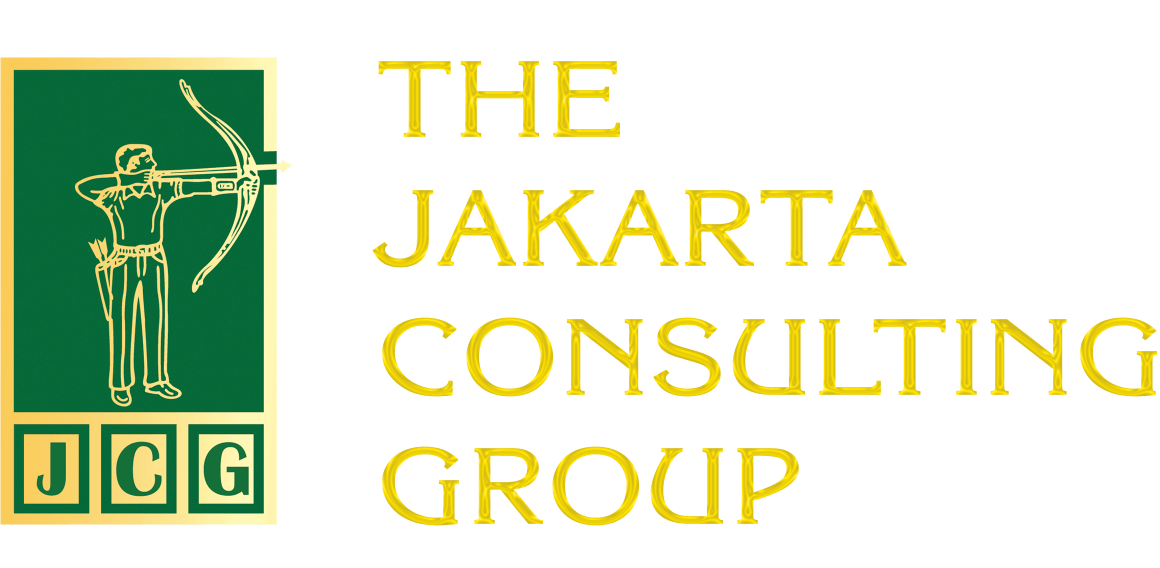This article emphasizes that the sustainability of family businesses across generations depends on the ability to unify vision, manage succession, build solid governance, balance innovation with tradition, and maintain communication and emotional harmony among family members.
Family businesses have long been the backbone of the global economy. In various countries, both developing and developed, these businesses contribute significantly to the Gross Domestic Product (GDP) and job creation. From small corner shops to multinational corporations, many family businesses are born from a strong vision often originating from entrepreneurial and forward-thinking founders.
However, as time goes on and more family members become involved, maintaining alignment around a shared vision is no easy task. The challenge of uniting the hopes and goals of different generations often becomes a complex strategic issue. If not managed wisely, the collective identity that should be a source of strength can instead become a source of conflict and division.
The Generational Perspective Gap
Each generation brings with it a different social, technological, and economic background. The founding generation, shaped by difficult times and limitations, typically values humility, long-term planning, and centralized leadership. Meanwhile, the second or third generation, which is more educated and exposed to globalization, tends to prioritize innovation, diversification, and professionalism.
The arrival of younger generation Y and Z brings a new perspective. They grew up in the digital age and prioritize values such as sustainability, flexibility, and social purpose in business. Their vision is often more idealistic and focused on long-term impact on society and the environment.
These differences are natural. However, without systematic efforts to bridge these differences, family businesses can become trapped in conflicting priorities, leading to reactive rather than strategic changes. In the long term, this can disrupt business performance and family harmony.
Formulating a Shared Vision in Family Businesses

One of the key foundations for a family business to survive across generations is having a clear, written, and agreed-upon shared vision and goals. This vision is not just about financial targets, but also encompasses the reason for the business’s existence and the legacy it aims to leave for future generations.
However, aligning a vision is no easy task. Older generations may prioritize preserving the family’s reputation and wealth, while younger generations may emphasize innovation, technology, and social responsibility. This tension can be transformed into potential synergy provided it is facilitated through open and structured dialogue.
An interesting example comes from the Zegna Group, an Italian luxury fashion house that has been in existence since 1910. Under the leadership of the third generation, this family business has successfully expanded the meaning of its vision by adding principles of sustainability and social contribution without losing the traditional values of its founder. Zegna demonstrates that a family vision can evolve with the times without losing its roots.
The first step toward a shared vision can begin with a family forum or strategic discussion, ideally facilitated by a neutral third party. The goal is not merely to align words but also to unify meaning and long-term direction.
Family Businesses Succession: More Than Just a Change of Leadership
The biggest challenge in family businesses is leadership succession. This process involves more than just replacing the CEO; it also involves the transfer of values, legitimacy, and trust between generations.
Many founders find it difficult to relinquish control, even when age or circumstances no longer permit it. Conversely, the next generation often feels constrained by the shadow of the past or deemed unprepared by the family. This imbalance can lead to decision-making deadlocks, even open conflict.
One notable case is the succession at Samsung Group. The leadership transition from Lee Byung-chul to his son Lee Kun-hee, and then to the third generation, presented complex legal, reputational, and governance challenges. This serves as a lesson that family business succession is not just about regeneration but also about preserving the continuity of the business legacy.
The solution is to prepare a succession plan as early as possible. This process should include competency assessments, intensive mentoring, and holistic internal and external training. This approach not only develops technically competent leaders but also emotionally and strategically mature ones.
Maintaining a Balance Between Innovation and Tradition

One of the classic dilemmas in family businesses is maintaining tradition while encouraging innovation. Founders tend to stick to tried-and-tested methods, while the younger generation wants to try new things.
However, innovation is no longer an option it is a necessity. Changes in technology, markets, and consumer preferences demand rapid adaptation. The challenge is how to remain true to core values while innovating sustainably.
A corporate culture that supports experimentation and is not afraid of failure is crucial. This is where family businesses can excel, as they have a longer time horizon and strong values to guide their direction.
Emotions and Communication: Two Sides of the Same Coin
Unlike public companies, family businesses are full of emotional dynamics. A sense of ownership, parental expectations, sibling rivalry, and bonds of affection all play a role in business decisions. These emotions can be a unifying force, but they can also be a source of conflict that is difficult to resolve if not managed properly.
Unfortunately, miscommunication is often the root of the problem. Differences in communication styles between generations can widen the gap in understanding. Too often, families avoid difficult conversations to maintain superficial harmony yet this only creates a ticking time bomb.
The solution is to build a culture of open, structured, and mutually respectful communication. This involves not only discussing technical matters but also creating space to address individual hopes, fears, and personal values.
Aligning cross-generational visions in a family business is a journey, not a final destination. It requires openness, empathy, and long-term commitment from all parties involved. If managed wisely, generational diversity is not an obstacle but a source of strength that enables the family business to endure, grow, and make a positive impact across generations.
If you are unsure where to begin in aligning the vision across generations in your family business, Jakarta Consulting Group is here to assist. With over 40 years of experience and specialized expertise in family business consulting, we will guide you in designing a harmonious and sustainable strategy that spans generations.
Contact us today for further consultation and bring your family business’s future to life.
#familybusiness #sharedvision #cross-generational #succession #familybusinessgovernance #family constitution #familycouncil #foundinggenerati#successorgeneration #innovation #tradition #sustainability #opencommunication #familyvalues #professionalism
Related Posts:
Governance That Is Often Overlooked in Family Businesses
The Family Business Phenomenon: When Employees Are More Cherished Than Family Members
Inherit or Go Independent? The Difficult Choice for Children of Family Business Owners
Career Paths for Family Business Successors
The Dilemma of Transparency in Family Businesses










